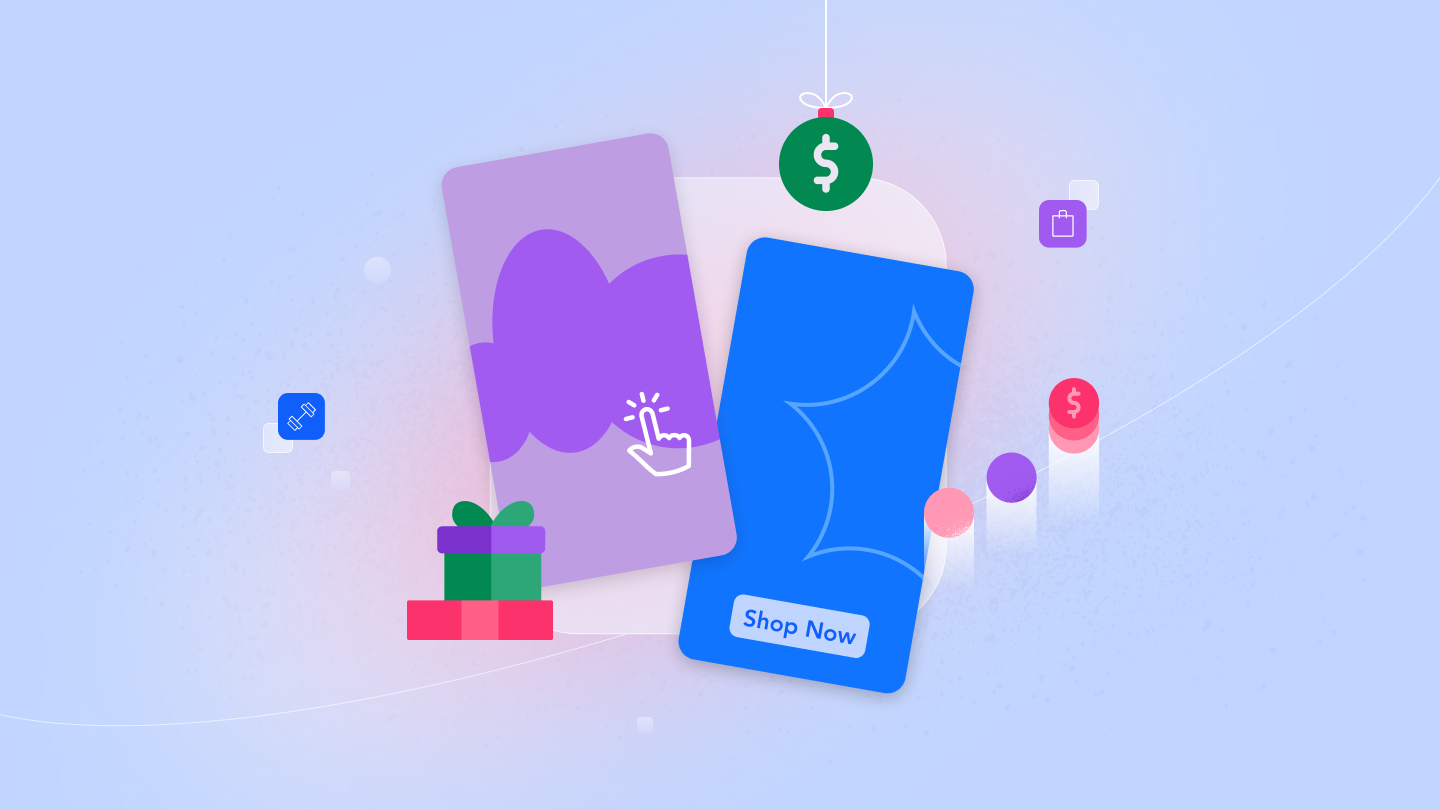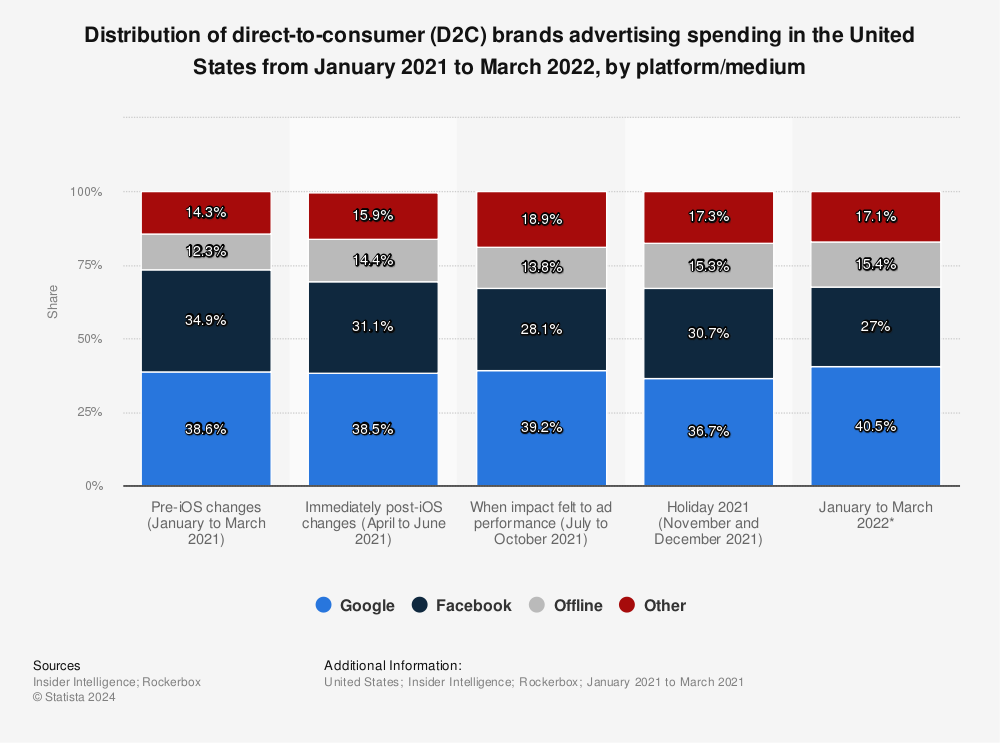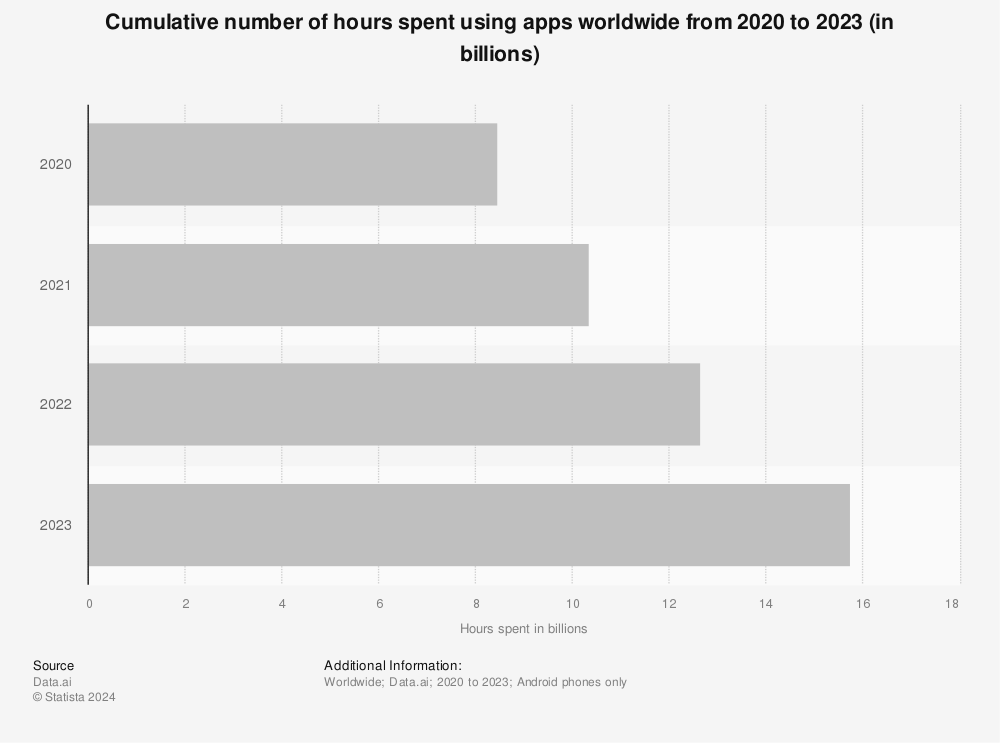Performance Marketing, User Acquisition
D2C Marketers: Brighten Your Holiday Outlook with In-App Advertising
Oct 2, 2024

Performance Marketing, User Acquisition

Salesforce sets a grim scene for the holidays:
This year’s holiday shopping season could be especially challenging for retailers and D2C marketers as they compete for shoppers with less purchasing power than in past years. With the fewest number of days between Thanksgiving and Christmas since 2019 and 43% of consumers carrying more debt than they were in 2023, retailers should prepare for an uphill battle in terms of shopper conversion.
— Salesforce 2024 Holiday Forecast: Retailers Must Tackle Shorter, More Competitive Shopping Season with Discounts, Data, and AI
Yikes. It’s going to be a competitive holiday season, kids.
While shoppers will be elbowing through jam-packed malls and shopping plazas, retailers and brands are in for a different kind of battle, fighting for attention in inboxes, on crowded web pages, and on social media platforms. Whether it’s vying for eyeballs on publisher pages crammed to the screen’s very edges with display and native ads or praying to be noticed among all the shopping ads and influencer videos, brands—and D2C brands in particular—will struggle to stand out and entice intent-driven shoppers.
The challenge could prove even greater for smaller D2C brands, which lack the name recognition and multiple distribution channels that big brands can lean into during the holidays – particularly as global brands like Nike enter the space with direct channels.
So, what’s a brand got to do to get some attention this year?
Retail brands have seen their media strategy options expand as the internet and social media have matured, and they have a lot of options as far as channel diversification goes. Yet historically, the vast majority of D2C brands have relied almost exclusively on search and social to reach prospective buyers. The two biggest players in these channels devoured up to 70% or more of marketing budgets, leaving just less than 20% for diversification to other channels – or even other players within search and social.

Source: Statista
However, the cost of acquiring customers through digital channels has surged by 50% over the last two years. As a result, D2C startups today are seeing diminishing returns on their ad investments at a much earlier stage in their growth, often before they hit the point where they can scale sustainably. Consequently, digital advertising has more or less plateaued in the vertical, making the kind of rapid growth brands like Warby Parker and Allbirds enjoyed nearly impossible without serious diversification.
This diversification is already becoming a trend. According to a 2022 study, more than 60% of e-commerce brands weren’t investing in Google Ads, by far the biggest player in digital advertising, dominating search, display, and video ads.
Search engine marketing (SEM) is one of the key traffic drivers for DTC. Every brand relies on search results to bring shoppers to their businesses. Whether the search is for “shoe store near me” or “best running shoes,” marketers recognize that search is nearly always a touchpoint along the shopper’s path to purchase, and often very close to the moment of purchase.
While SEM is essential, it’s getting expensive: The average cost per click has risen 10% year over year. A number of factors contribute to the higher rates, including competition, algorithm updates, platform changes, and outside economic influences, including inflation.
As the holidays draw near, the competition will only escalate – and e-commerce brands already see the lowest conversion rates across industries in SEM. The increased volume of retailers bidding for inventory can only add to that challenge.
Social media platforms were once gold mines for D2C brands, but today they’re also feeling the pressure of overcrowding. With increased competition, consumers are bombarded with one in-feed ad after another, growing numb to most of them. For many brands, especially those with smaller budgets, it’s becoming harder to achieve meaningful engagement, leading to diminishing returns and a pressing need to branch out to different channels. This need is more urgent as the holidays (and end of year) approach. The proliferation of ads will increase in lockstep with the pressure to meet sales goals.
Of course, all this will be moot if Gartner is accurate in its prediction that consumers will cut their social media interactions by 50% over the next year. More than half – 53% – of survey respondents have had their fill of fake news and toxic online behavior.
Display ads offer a wide range of sizes and formats and addressable audiences. The targeting options, including contextual, behavioral, placement, and demographic, are also appealing.
Unfortunately, they’re not without their challenges. Banner blindness, where users glaze over and ignore ad placements, has contributed to a drop in clickthrough rates. Publishers with poor monetization strategies and the proliferation of MFA sites haven’t helped to alleviate this problem. The average clickthrough rate for digital display advertising is just .10% in the United States. (And yes, there is a decimal point before that 10.)
Despite that low number, display continues to be effective as part of a diversified strategy, and the channel continues to grow as a result. eMarketer predicted that US display ad spend would grow by 15.7% in 2023, capping out at $163.29 billion. Brands would not continue to invest at that rate if they weren’t seeing meaningful results.
That said, during high-traffic periods like the holiday season, costs for advertising impressions and clicks are even more expensive across all digital channels, with fewer measurable returns on investment.
All of these channels – social, search, and display – have their place, and they’re all essential for the growth of D2C businesses. But as consumers change their digital habits, advertisers must follow. And for the last 15 years, consumers have spent a growing number of hours on their mobile phones. In fact, most people check their phones upwards of 50 times per day.
Digging deeper into how consumers interact with their mobiles, the average user worldwide spends an average of over four hours a day on apps. While that number is slightly lower in the US, it still accounts for about a quarter to a third of a typical consumer’s waking hours. That’s a lot of time – and a huge opportunity for brands, particularly during competitive shopping seasons.
As December creeps up, it’s also important to keep in mind how many e-commerce transactions now happen on mobile rather than desktop. Mobile commerce comprises more e-commerce sales every year and by 2028, it will account for 60% of all e-commerce revenue.

Source: Statista
The hours consumers spend on apps are spread among a diverse range of apps, not just social media. Time spent in apps is divided between messaging, gaming, listening to music, watching videos, checking the headlines, and numerous other activities—including those related to health and productivity. Gaming apps in particular have a broad appeal and deeply engage users, which explains why this category is both the most downloaded and the highest-grossing.
(Advertisers should not be deterred by gaming apps, by the way. Audiences here tend to be more mature, affluent, and female than most would assume.)
Users, particularly gamers, are often single-tasking when they’re on apps, giving advertisers a unique opportunity to engage them.
There are so many reasons to get excited about in-app advertising this holiday season, but two are particularly significant. One reason, fairly unique to this medium, is the single-tasking user. A mobile phone is not like a laptop, where users have 25 tabs open and bounce from task to task. When consumers use apps, particularly apps designed for education or entertainment (like language learning or gaming) they give their full attention. Ads in this environment are shown somewhat conservatively, like a TV commercial, introduced at breaks in the action. For example, as the user finishes a lesson, an activity, or a level within a game, they are shown an ad before they advance within the app.
In some cases, these ads are rewarded placements, which means that the user will choose to watch or engage with the creative in exchange for an in-app reward, such as an extra life (in a game) or additional features. These ads tend to be very well received by users.
The ad units themselves are also compelling. Video and playable formats are engaging and interactive, and they give brands the full screen to convey their message with video and audio. Playable ads, which were once exclusive to gaming apps, are now employed effectively across verticals. Playables now help businesses from fintech to retail engage and acquire new customers.
These aren’t the only reasons to be excited by in-app advertising opportunities, though. Targeting is also a key benefit, since it can be more granular than other channels are able to offer. Users can be targeted by behaviour, location, propensity to make in-app purchases, demographics, context, and so much more. Targeting can be based on a predefined audience and for specific KPIs. Mobile advertising platforms like AppDiscovery leverage AI to power targeting, optimizing and refining targets as it learns from successful conversions.
Finally, mobile advertising is performance-based and tends to perform better than other channels. A few stats to prove that point:
One important final note regarding in-app video: Brands that are already using video ads on social media or other platforms can use their existing assets. With no additional investment in creative and a performance-based model, testing in-app video ads is virtually risk-free.
One final reason to consider in-app advertising this holiday season is the ability to scale. There are more than 5 billion smartphone users in the world. We’ve already mentioned that most of these users spend about five hours per day on apps, but marketers should know that 92% of those hours are spent on apps that are supported by advertising. In the absence of a handy-but-complex formula, it’s still evident that this represents a substantial opportunity to reach and engage shoppers.
By having a presence on social media, in search engines, and across the traditional web with display ads, brands already insert themselves into the paths of purchase for a huge number of seasonal shoppers. Adding in-app advertising to the media mix may or may not introduce the brand to net-new shopping audiences, but it will certainly create new, meaningful, and memorable interactions.
Those additional interactions are critical. Consumers today are taking six or more actions prior to purchasing a new product. With a shorter holiday shopping season at hand, getting your message in front of those in-market shoppers is more important than ever. Adding a touchpoint – especially one as engaging as in-app advertising – could make all the difference for your brand this year.
Acquire new customers
Learn how AppDiscovery can help you acquire new customers for your brand this holiday season.
https://www.applovin.com/appdiscovery/